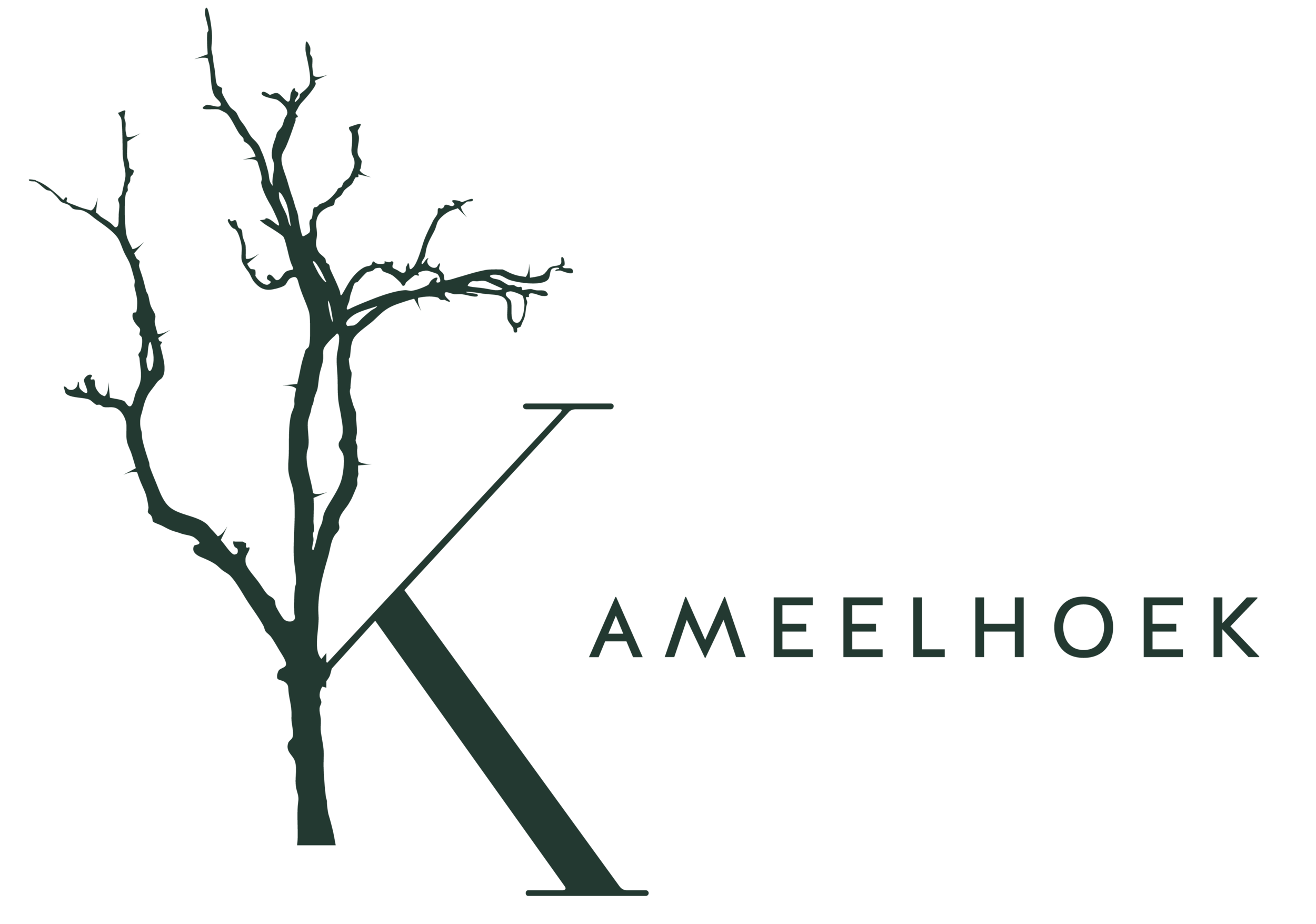Ant-Eating Chat
Image Credit · The Flacks
Family: Muscicapidae; Genus: Myrmecocichla; Species: formicivora)
Thunderous clouds approaching from the west of Kameelhoek are met with anticipation as both animal and human glare up at the sky. A moment’s pause confirms the long-awaited smell of raindrops hitting the soil. Every organism breathes a sigh of relief as the hot summer sun is consumed by heavy, dark clouds. The semi-arid landscape soon becomes a scene of pouring rain, surface run-off and accumulating bodies of water. Ground dwelling organisms quickly find their homes flushed out as the once dry and dusty surface becomes inundated with water. After the rainy spell, the entire ecosystem comes alive, with birds and insects on the forefront of post-rain activity. Notably, the movement of an Ant-eating Chat rushing up-and-down a section of road caught my eye (Figure 1 & 2). Standing tall and at attention, the bird made haste at picking a meal from the swarming ants exposed on the ground surface.
Figure 1. Ant-eating Chat (male) standing tall on the road surface.
Figure 2. Characteristic white patch on the male’s shoulders.
During heavy rainfall, the air-pockets underground is filled with infiltrating surface water, causing the tunnel networks of ants and termites, as well as the burrows of other subterranean organisms to become flooded. As a result, the ants are forced to seek higher and drier ground exposing them to a variety of insectivorous animals. The “hustle-and-bustle” of ants on the road attracted our male Ant-eating Chat to a rather easy and tasty afternoon meal. Ant-eating Chats are known to inhabit semi-arid grassland and savanna regions of southern Africa. Their occurrence is usually associated with scattered termite mounds and open areas. Termite mounds and even Aardvark (Orycteropus afer) burrows are used as nesting sites where the birds build cup-shaped nests of dry grass within excavated surfaces. The ecology of the Ant-eating Chat includes a variety of important interrelationships of different organisms and abiotic factors which influences the environment. Conserving and protecting suitable habitat will allow the Ant-eating Chat to fulfil its function within a balanced ecosystem.



